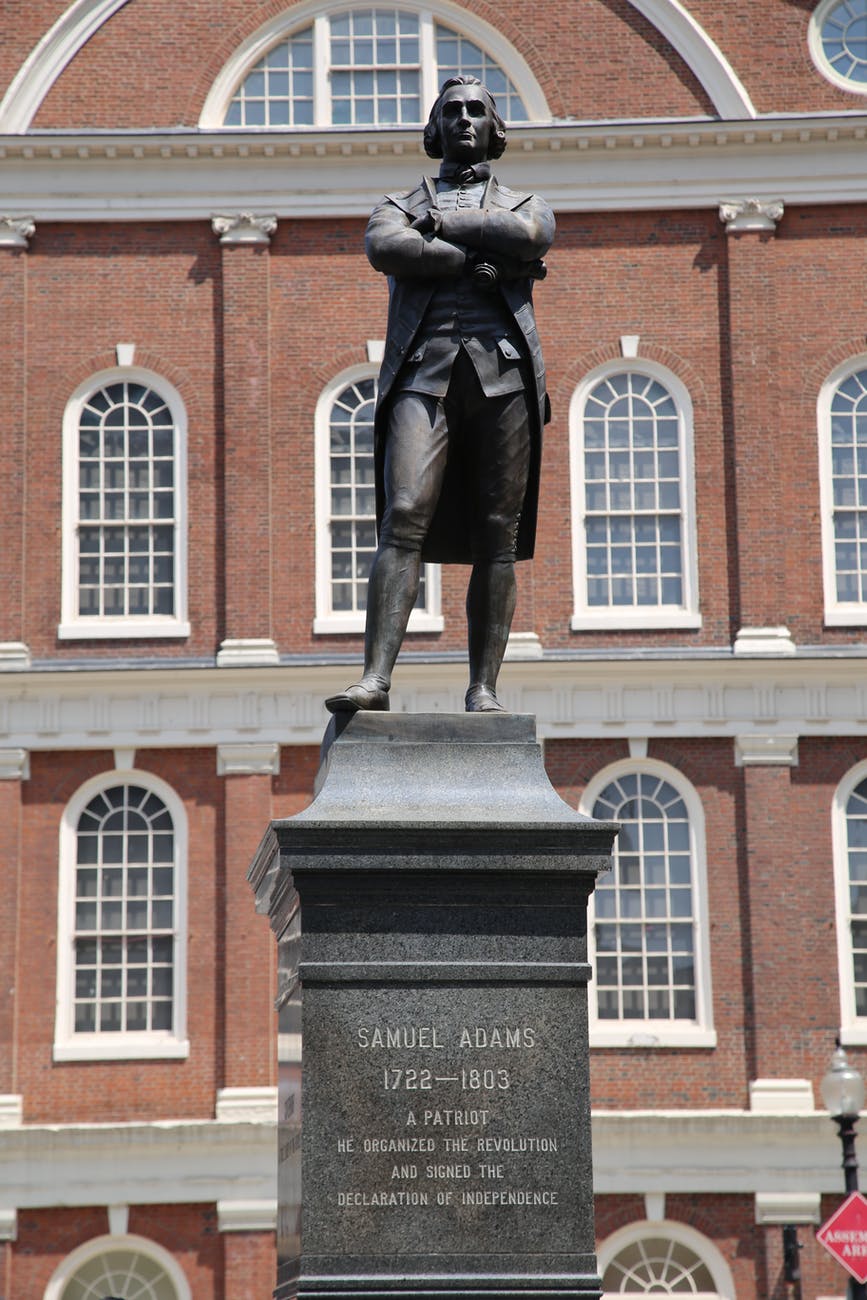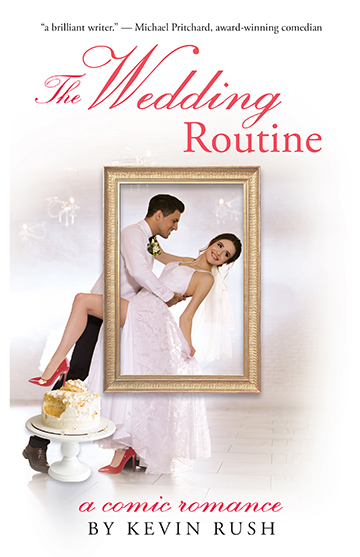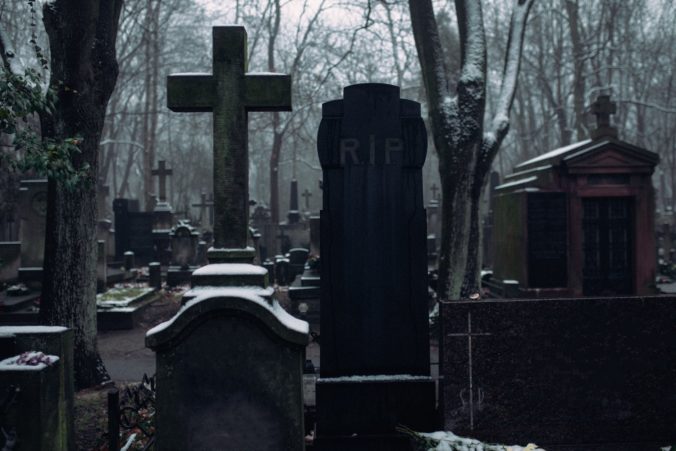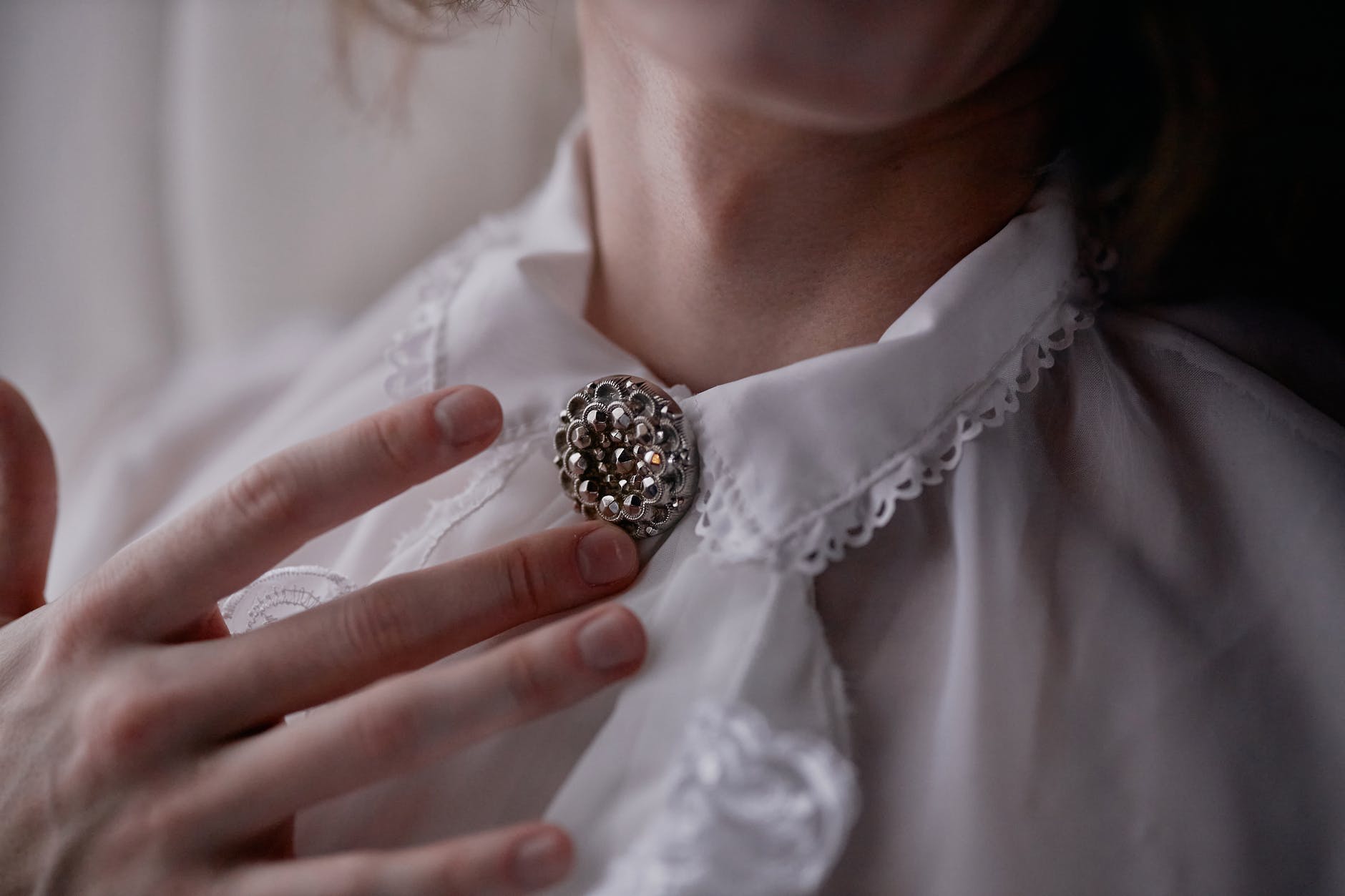Lefties Pushing Sex Reassignment for Kids Are Betraying the Lefties Who Worked to Break Down Traditional Gender Roles.
The recent torrent of gender-fluid nonsense has provoked all sorts of emotions within me, mostly negative. But the bright light among those stirred feelings was a vague nostalgia for Marlo Thomas. For decades she’s been the face of one of my favorite charities, St. Jude’s Children’s Research Hospital, founded by her father in 1962. But almost fifty years ago, the erstwhile That Girl poured her heart into a television special entitled, Free to Be, You and Me. The program aimed at breaking down the rigid gender roles that marginalized kids who didn’t neatly fit the mold, including so-called “sissy” boys and “tomboy” girls. The program urged its audience to accept the individuality and non-conformity of unconventional children who had their own gifts. It also scolded upstart children for entitled brattiness. How times have changed. A new generation of Liberal activists are now isolating the children Thomas celebrated, declaring them unfree to be, until they subject themselves to puberty blockers, chemical castration, and ultimately the mutilation of their sex organs. If “William Wants a Doll,” he must surrender his penis.
Now, I confess I’m not the biggest fan of effeminacy in men. But neither would I savor a hunting trip with George Patton and Omar Bradley. I recognize that humanity exists on a spectrum; the leadership qualities that drive a charismatic Alpha male often come with an overload of machismo I find grating in large doses, and the artistic gifts I admire in male artists often come with a touch of the fay. So be it. As long as effete men are not constantly agitating and injecting deviant sex into every situation, I’m not going to get my hackles up. I’m certainly not going to suggest they cut their peckers off and go pee in the ladies’ room. Yet, that’s what the modern Left demands.
That Leftist activists are crueler to their own than any conservative would dream of being should surprise no one. The Left always eats itself. Whether it’s environmental extremists putting union laborers out of work, uber-rich corporatists colluding to suppress wages and otherwise creating conditions that prevent the working poor from entering the middle class, or BLM activists burning down Black-owned businesses, the clients of the Democrat Party are always at odds. What unites Leftists is an abiding disdain for America and their conviction that they are better, smarter and more forward-looking than their benighted political opponents, who are captive to ancient superstition epitomized by The Ten Commandments and The Golden Rule.
That Leftists always turn on each other is a principle I learned in high school, studying Hannah Arendt’s treatise on totalitarianism. As Ms. Arendt explains it, totalitarian systems, whether they be Fascist, Communist, Googlist, NOWist, BLMist, or just College Democrats, rely on access to large numbers of expendable people. This is because the totalitarian system, to survive, must expand to capture more adherents and purge to demand rigid ideological conformity. Most people are expendable within totalitarianism, in that the system either absorbs them, thus stripping them of all individuality, or murders them to instill fear in everyone else, to solidify the total control the system seeks.
American Leftism is no different. It is driven to expand, since that is the only way to attain power in a democratic republic, and it demands ideological conformity through badgering, bullying and puerile name-calling. This is the basis for cancel culture, which, as anyone who has read the founding documents of the United States knows, is antithetical to American principles.
Perhaps the most aggressive and vicious segment of the American Left are its “trans” activists. These lunatics pretend to believe a litany of unbelievables, and seek to cancel anyone who tosses a nugget of reason their way. They respond to reason, as well as fourth grade science, much the way Christopher Lee overacts within gaping range of a crucifix. They have no rational basis for their beliefs, only intense feelings about the matter, which must be right, because they are theirs.
All of which would be well and good, if they weren’t preying on children. Imagine the level of depravity one must reach to decide that a child, in the throes of some whimsical fancy of being the other sex, needs to be hustled into a medical program that culminates in the irreversible removal of perfectly healthy organs. This is sadistic quackery from which Josef Mengele would avert his eyes.
There is a condition analogous to what the trans crowd is pushing, called Body Integrity Identity Disorder. With BIID, the sufferer believes he or she should be an amputee. It feels unnatural to have all their limbs or digits. Feeling anguish over their body integrity, they might request that a surgeon remove a hand, arm, foot or leg. Naturally, the surgeon recognizes this request as disordered, and knows the BIID sufferer is mentally ill. Yet, when the request is to have perfectly healthy breasts removed, as happened to the former Ellen Page, there are plenty of sadistic nuts, scalpels in hand, ready to assist with the “transition.” “Transition to what?” the sane mind asks, knowing that lopping off sex organs does not change a person’s sex any more than lopping off freckles changes their nationality. Ellen Page did not become a man by having her breasts removed, she became a mutilated woman, and no name change can disguise that fact.
When I was three, I wanted a doll carriage. My mother was pregnant with twins, so I had babies on my mind. My older sister had our mom’s stroller and pushed a doll around in it, and I wanted to give that a try. For some reason, my mother had another stroller, and she gave it to me with a doll to push around the apartment complex. I did that for about a half an hour, and then went back to playing with my trucks. Imagine if this had happened today and my mother was not a hard-boiled dame from Bushwick, Brooklyn, but a virtue-signaling, chardonnay sipping, avocado toast nibbling Liberal from Brentwood. My heart aches for all the perfectly normal kids who can no longer safely go through the many phases of childhood that children have always gone through, because maniacal vultures are ready to swoop down upon them, to sacrifice them body and soul to the god of this week’s agenda.
And that brings me back to Marlo Thomas. She was a trailblazer, and in helping to break down rigid gender stereotypes, she delivered on the promise of “free to be, you and me.” But the push from today’s Left to gender-transition kids is the exact opposite. By hustling youngsters into medical and surgical processes that falsely promise to change their sex, trans activists are reinstating the rigid gender roles of old. Feminine boys? Impossible, they must be girls trapped in a male shell. Butch girls? They must be testosterone starved boys. It’s all utter nonsense, and of course, the proposed remedy is no remedy at all, as shown by the sky-high suicide rates of post-transition “transpeople.”
As a sensible liberal, back when that was possible, Marlo Thomas knew that even though “girls can be anything” and “boys can be anything,” there are limits. And that’s okay, because it’s kind of special that “Mommies can’t be Daddies” and “Daddies can’t be Mommies.” Today she would be pilloried for promoting that reasonable and self-evident notion. That axiom of biology and social order, which has stood unquestioned for 10,000 years of human civilization, is now “transphobic,” “hateful,” and “violent,” because a group of Leftist lunatics declared it so nine minutes ago.
Yet, what is truly hateful and violent is the Leftist transactivist prescription for feminine boys and masculine girls: rip out their genitals. I’m very glad I grew up in a time when we were free to be, you and me. For the sake of today’s children, I hope we get back there soon.
Kevin Rush is the author of three Catholic novels, The Lance and the Veil, The Wedding Routine, and Earthquake Weather.
Some of the links in this column may be affiliate links. When you click on an affiliate link and make a purchase, the website receives a small commission, at no extra charge to you. Thank you for supporting this website.






















































































Recent Comments